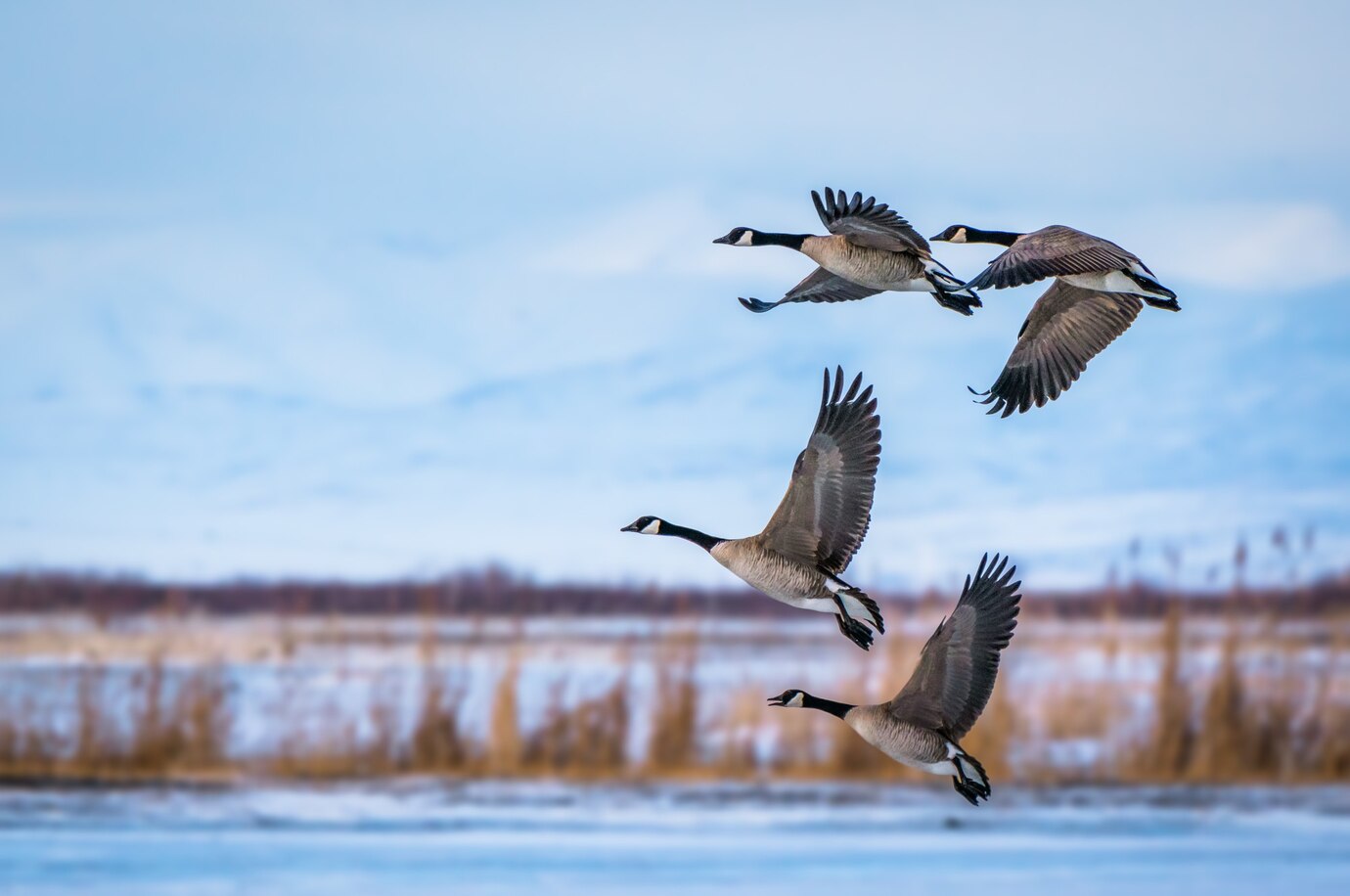
A Closer Look at the Canadian Goose Diet: Nourishment in Nature
One of the most recognizable and widespread species in North America, the Canadian goose, presents a fascinating subject of study when it comes to understanding the importance of diet in wildlife management and conservation. Renowned for their distinctive V-formation flights and resonant honking, these geese play a crucial role in the ecosystems they inhabit. This article delves into the multifaceted diet of the Canadian goose, exploring how their feeding habits influence not only their survival and health but also their interaction with the environments they traverse.
Understanding the Basics: What Do Canadian Geese Eat?
At its core, the Canadian goose diet centers around vegetation. Preferring a smorgasbord of grasses, aquatic plants, grains, and occasionally insects, these geese have developed a versatile feeding approach that allows them to thrive in a variety of habitats. In spring and summer, fresh grasses and aquatic plants comprise the bulk of their diet, providing essential nutrients and energy for breeding and raising goslings. During fall, as they prepare for migration, their diet shifts toward grains and seeds, offering a high-calorie intake essential for the energy-intensive journey south.
Nutritional Needs Across Seasons
Adaptability is a hallmark of the Canadian goose's feeding habits, as their nutritional requirements shift with the changing seasons. In the breeding season, protein-rich foods are critical for egg development and the growth of new feathers, necessitating a diet rich in legumes and young shoots. As autumn approaches, energy requirements soar, driving geese to forage in agricultural lands where corn, wheat, and rice provide the carbohydrates needed for migration and the subsequent winter months.
Habitat and Food Availability
The availability of food resources plays a significant role in the habitat selection of Canadian geese. Wetlands, lakes, and rivers offer not only a water source but also a diverse array of plant life, making these areas hotspots for goose feeding activity. Managed lands, such as parks and golf courses, can also become attractive feeding grounds, especially in urban and suburban settings where natural habitats are limited.
Foraging Behavior and Strategies
Canadian geese exhibit highly efficient foraging behaviors that allow them to maximize their nutrient intake. They employ a grazing method similar to that of cattle, systematically eating new shoots and leaves while avoiding older, less nutritious parts of plants. This selective feeding ensures a high nutrient intake, vital for their energy needs. Additionally, their ability to forage on land and water diversifies their diet, thereby reducing the competition for food resources among their flocks.
The Impact of Migration on Diet
Migration presents a unique challenge for Canadian geese, demanding a significant calorie intake to endure the long flights. Prior to migration, geese enter a phase known as hyperphagia, where they dramatically increase their food consumption to build up fat reserves. This period of intense feeding is critical for their survival, as it provides the energy reserves necessary for migration and supports their metabolism in colder climates.
Human Interactions and the Goose Diet
The expansion of urban areas and the growth of agriculture have profoundly affected the diet and feeding patterns of Canadian geese. While some of these changes have benefited the geese, providing ample feeding grounds in the form of agricultural fields and urban green spaces, they have also led to conflicts. Crop damage and the overpopulation of geese in certain areas have prompted wildlife managers to seek a balance between supporting these birds and mitigating their impact on human activities.
Conservation Efforts and Dietary Management
Conservationists and wildlife managers play a vital role in ensuring the sustainability of Canadian goose populations through habitat management and the provision of natural food sources. Efforts to restore and protect wetlands, along with the creation of buffer zones around agricultural fields, aim to offer geese natural foraging options that fulfill their dietary needs without encroaching on human activities. Additionally, educational programs aimed at discouraging the feeding of geese in public parks help to prevent overpopulation issues and encourage geese to rely on natural food sources.
The Future of Feeding
Ongoing research and adaptive management strategies will be critical in supporting the dietary needs of geese in a changing world. By understanding the intricate relationships between geese, their diet, and their habitats, conservationists can formulate effective strategies to maintain healthy goose populations that coexist harmoniously with their environments.
Conclusion
The diet of Canadian geese is a complex, adaptive system that reflects the interplay between these birds, their ecosystems, and the changing human landscape. By understanding the nuances of what Canadian geese eat and how they feed, conservationists and wildlife enthusiasts alike can appreciate the delicate balance required to sustain these iconic North American birds. Through informed conservation and habitat management efforts, we can ensure that Canadian geese continue to grace our skies and waterways, honking their way through the seasons in their timeless migration dance.

Book Your Saskatchewan Waterfowl Hunt Today:
Email or Call us today at 306-941-7676
 Prev Post
Prev Post




